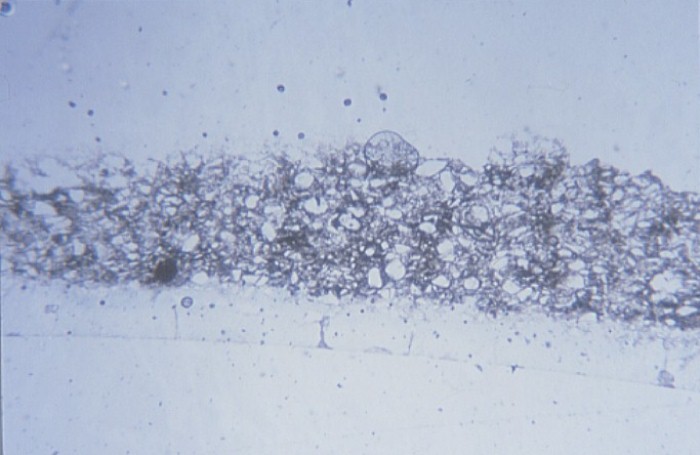
Figure 11a: PPL view at x10 of sample HLB.19 showing general texture (width of field c. 6mm)
Macroscopic paste description: Stonepaste body, usually white and at times very sandy and porous; rounded grains may be visible.
Petrographic description: Stonepaste body usually comprising a moderately sorted population of angular and larger rounded grains fused by filamentous glass. Calculated grainsize mode of 0.0125-0.025mm with maximum diameter of 0.35mm. The body comprises about 40-60% quartz, comprising 40-50% clear, 1-6% slightly cloudy, and rare trace to 1% cloudy quartz, and also including up to trace polycrystalline quartz, trace and rarely up to 1% sheared quartz. Other inclusions comprise very rare traces of feldspar, chert, and carbonate. Quartz grains have straight to weakly undulose extinction, while fluid inclusions are found in broad bands, and lamellae and vacuoles are at times quite large. The larger rounded quartz grains indicate a raw material comprising a sand of grainsize average of about 0.3mm diameter. This is entirely unlike any other petrofabric defined for Syria, or indeed any other region, perhaps the closest being that of Rayy and Mashhad (Mason 1995), neither of which contain rounded grains of this size (samples with laboratory number beginning with HLB are from Aleppo and are currently in the excavation storehouse).

Figure 11a: PPL view at x10 of sample HLB.19 showing general texture (width of field c. 6mm)

Figure 11b: XP view at x10 of sample HLB.19 showing general texture (width of field c. 6mm)
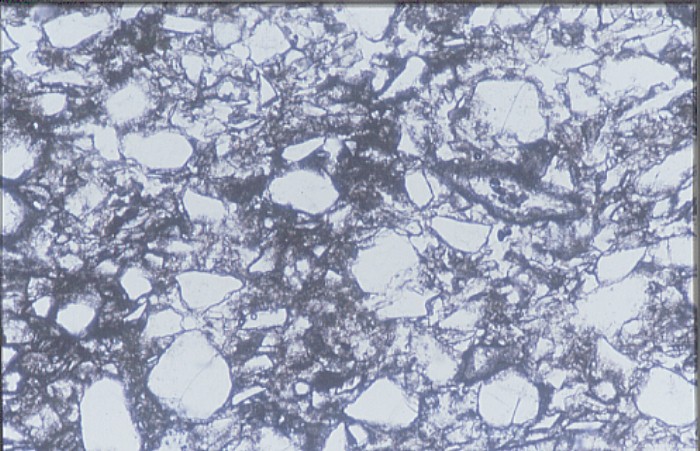
Figure 11c: PPL view at x40 of sample HLB.19 showing general texture (width of field c. 1.5mm)
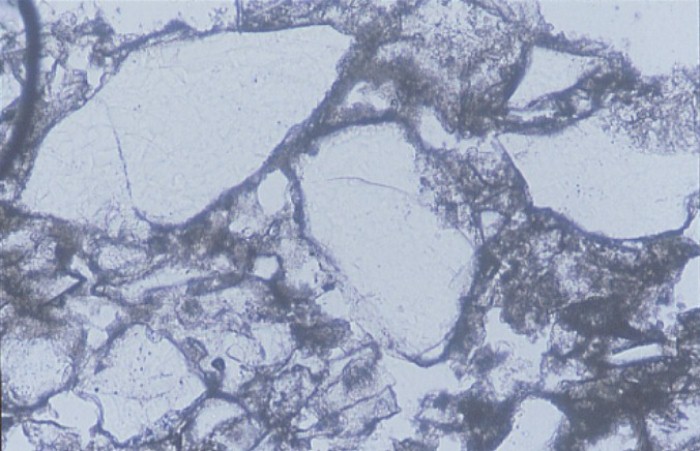
Figure 11d: PPL view at x100 of sample HLB.19 showing general texture (width of field c. 0.6mm)
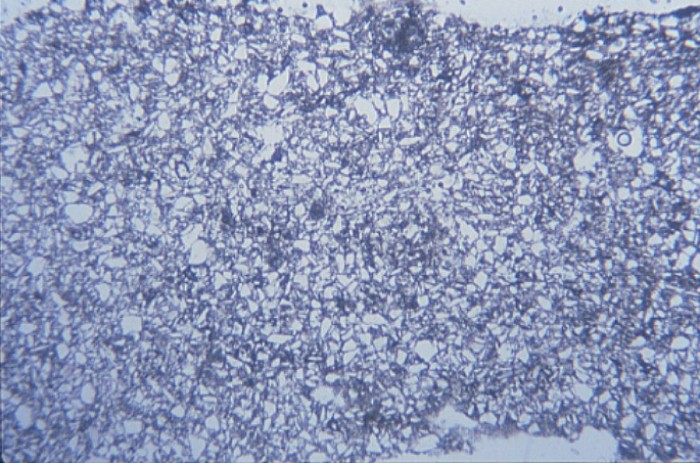
Figure 11e: PPL view at x10 of sample HLB.15 showing general texture (width of field c. 6mm)
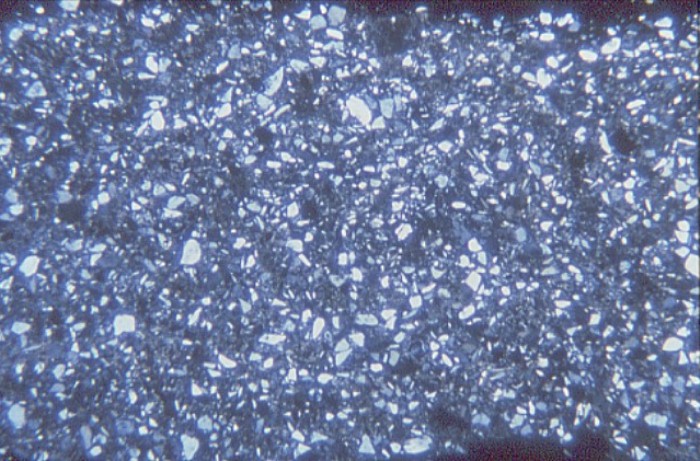
Figure 11f: XP view at x10 of sample HLB.15 showing general texture (width of field c. 6mm)